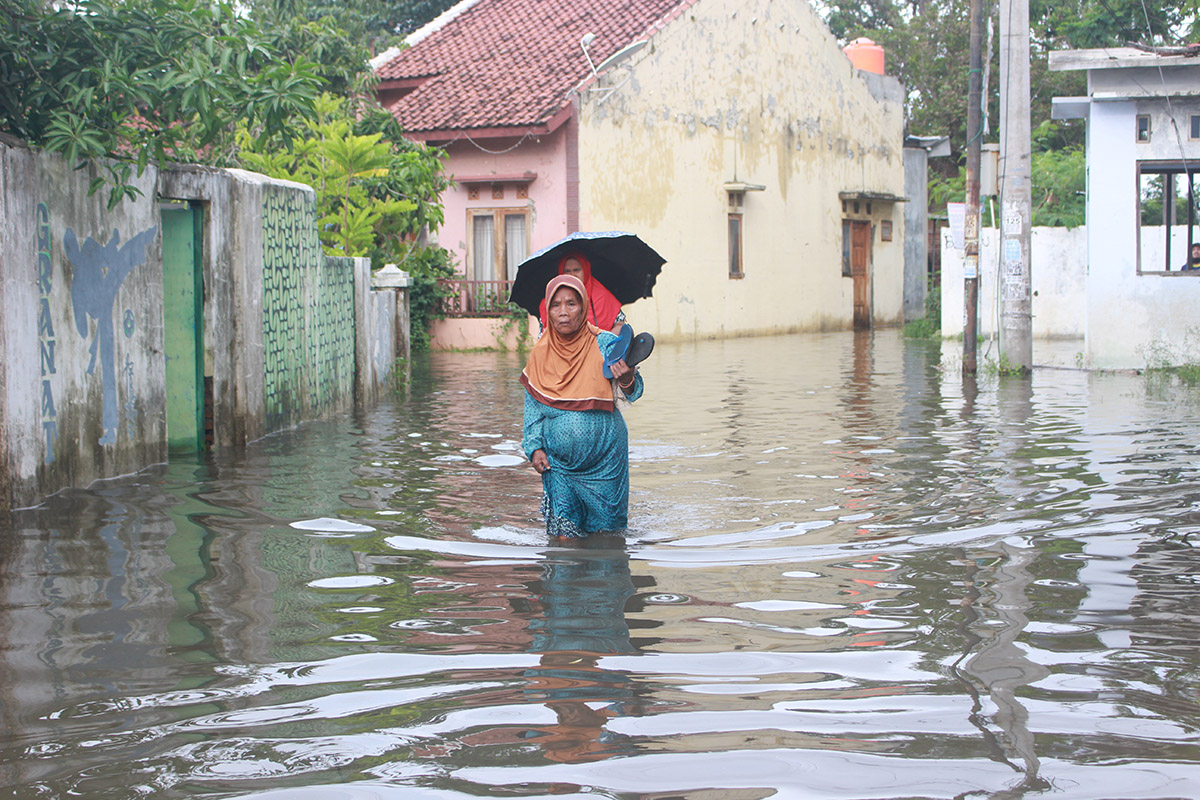Digital Inclusion – A Path to Bridge Educational Inequity
May 7by Samara Ali
It’s the beginning of March 2020, and amid the excitement of a mundane school break, children are directed to gather for a school-wide assembly.
“You are all requested to return to your homes until further notice. Your school schedule and study materials will be communicated to you in due course,” announced the composed headmistress. Elated at the announcement which sounded like a summer break, the unassuming school children returned to their homes where days became weeks, and weeks became months. The absence of physical presence started to make the heart grow fonder of connection and collaborative learning.
With the growing need for connection, the digital landscape in education took on a completely evolved meaning – it meant a series of interconnected learning modules beyond borders, more than 20 per cent increase in understanding mental health among students, and an increased emphasis on competency-based learning. Simultaneously, we experienced a shift in the way economies responded to the crisis. The share of workers utilizing a computer with internet access rose to 10 per cent, the trajectory for remote work increased by 16 per cent, and the demand for STEM-based skillset became staggeringly high to provide for industries grappling with this digital divide.
As the pathway of a digitalized post-COVID world unfolds, it’s crucial to notice the inequity in learning among the low, middle- and high-income countries. Low-income countries already faced massive challenges in providing quality education alongside poorer learning outcomes – and the onset of COVID further reversed any such progress by an average of six months across such countries. This means that the yardstick between pace and content of knowledge would continue to extend, resulting in learning delays that would cost an annual loss of $1.6 trillion worldwide by 2040.
In contrast, the take up of digitalization is only accelerating in emerging markets – in Africa, 72 per cent of the population uses mobile phones consistently and the number of ecommerce users across Asia has risen to more than 160 million from 2019 to 2020. This should leave policymakers, and infrastructure architects with food for thought on how digital innovation can creatively resolve the aforementioned problem of perpetuating learning inequities.
Resolving such barriers to learning outcomes depends on a strategic incorporation of digital technologies which is inclusive of marginalized segments. For example, in Portugal, the education law mandates inclusion to fulfil every student’s needs which enables local flexibility of using digital technology without making it an imperative. Furthermore, in emerging markets where low connectivity exists across remote regions, the solution of Wholesale Open Access Network (WOAN) can enable low-cost accessibility to backhaul infrastructure5,6. This would, as an outcome, make private-sector investments to rural networks more attractive, and initiatives of digital literacy, and infrastructure more fruitful.
With the onset of a crisis at the start of this decade, institutions came together, teachers took on the formidable duty of enabling education amid geographical and social inequities, and students learned to internalize interaction beyond books. Accordingly, it has become crucial for policymakers to implement a cohesive solution that aligns the inequities faced by marginalized segments with the digital potential of the regions they belong to. That is how the possibility of better outcomes with stronger frameworks would also emerge over time.
Learn more about the meeting of Commonwealth Ministers of Education






